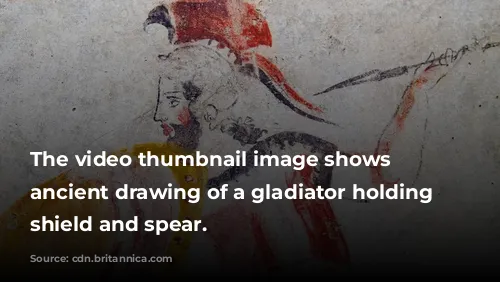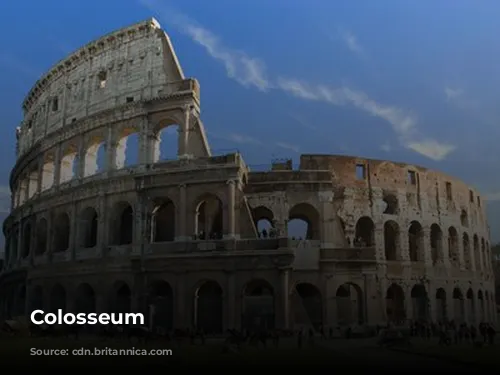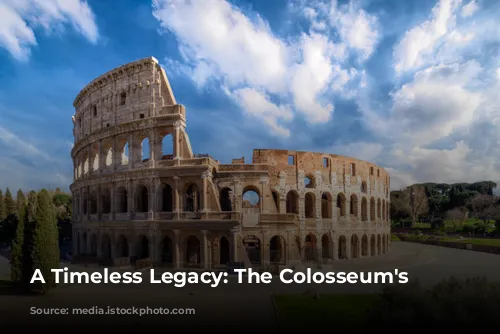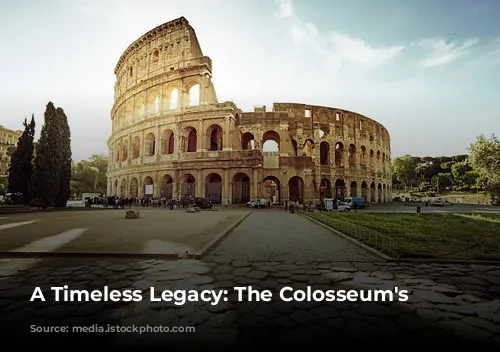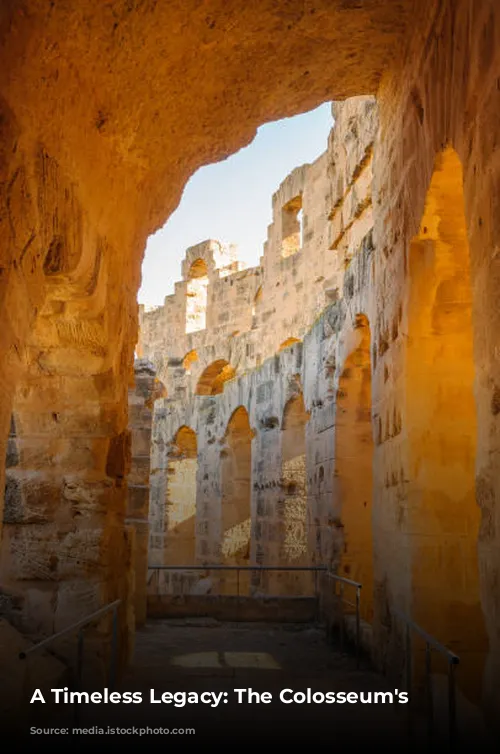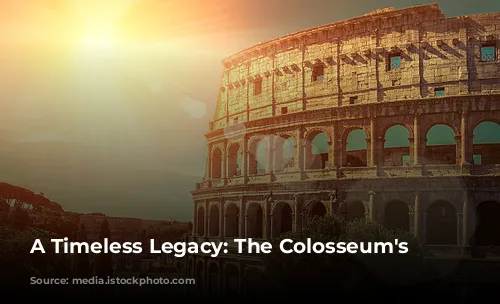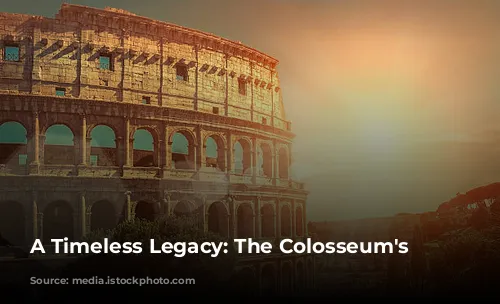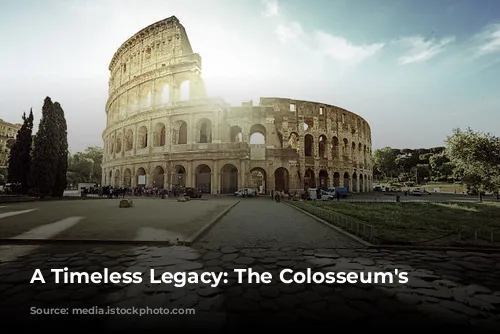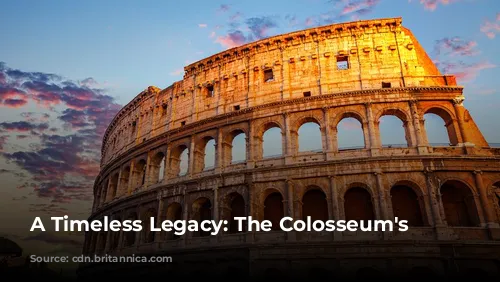The Colosseum, a magnificent monument to ancient Rome’s architectural and engineering brilliance, stands today as a testament to its past. It also acts as a key source of tourism revenue for Italy. In 2018, the Colosseum, the Roman Forum, and Palatine Hill combined to generate over $63.3 million (€53.8 million), making them the most popular tourist attraction in Italy.
The Colosseum’s journey, however, wasn’t always smooth. After the fall of the Western Roman Empire, the arena fell into a state of serious disrepair. In the 12th century, it was repurposed by the Frangipane and Annibaldi families as a fortress. The Colosseum’s fate took a turn in the late 15th century when Pope Alexander VI allowed it to be used as a quarry. This neglect lasted over a thousand years before state-funded restoration efforts were initiated in the 1990s.
The Rise of a Colossal Symbol
The Colosseum’s construction was driven by a desire to revitalize Rome after the tumultuous year of the four emperors in 69 CE. Emperor Vespasian, like other rulers, intended the Colosseum to be an entertainment venue, hosting a range of spectacles such as gladiator fights, animal hunts, and even mock naval battles.
Vespasian’s vision took shape between 70 and 72 CE, when construction began. The completed structure was dedicated in 80 CE by his son and successor, Titus. The Colosseum’s fourth story was added by Domitian, Titus’s brother and successor, in 82 CE. It’s worth noting that the arena was funded by the spoils of war from Titus’s conquest of Jerusalem in 70 CE and built by enslaved Jews from Judaea.
A Colossal Structure: The Colosseum’s Design and Dimensions
The Colosseum, also known as the Flavian Amphitheatre, is an elliptical structure built of stone, concrete, and tuff. Standing four stories tall, the Colosseum measures 620 by 513 feet (189 by 156 meters) and could accommodate up to 50,000 spectators. It was renowned for its use in gladiatorial combat.
The Colosseum’s construction was a feat of engineering. Unlike earlier amphitheaters, which were often built into hillsides for support, the Colosseum is a freestanding structure built using a complex system of barrel vaults and groin vaults. Its exterior is adorned with three tiers of arcades framed by engaged columns in the Doric, Ionic, and Corinthian orders. This arrangement of columns became the basis of the Renaissance architectural style known as the assemblage of orders. The Colosseum’s main framework and facade are made of travertine, secondary walls are made of volcanic tufa, and the inner bowl and arcade vaults are made of concrete.

A Spectacle for the Masses: The Colosseum’s Events and Entertainment
The Colosseum was designed to accommodate a large audience, and its spectators were protected from the sun by a massive retractable awning called a velarium. Supporting masts were extended from corbels built into the Colosseum’s top story, and hundreds of Roman sailors were needed to operate the rigging that controlled the velarium. The Colosseum hosted a wide variety of events, including gladiator fights, animal hunts, and mock naval battles. However, there is no definitive proof that the arena was used for the martyrdom of early Christians.
The Colosseum’s Transformations: From Arena to Quarry
In medieval times, the Colosseum served as a church and later became a fortress for two powerful Roman families, the Frangipane and the Annibaldi. The Colosseum faced damage from lightning, earthquakes, vandalism, and pollution. Its marble seats and decorative materials were gradually removed, turning the site into a quarry for over a thousand years.
The preservation of the Colosseum began in earnest in the 19th century, with notable efforts led by Pope Pius VIII, and a major restoration project was undertaken in the 1990s. Today, it remains one of Rome’s most popular tourist destinations, attracting almost seven million visitors annually. The Colosseum continues to be a site for exhibitions showcasing ancient Roman culture.
The Colosseum is not just a relic of the past; it is a living monument to the enduring legacy of the Roman Empire. Standing as a testament to ancient Rome’s remarkable ingenuity, it continues to captivate the world with its grandeur and history.
